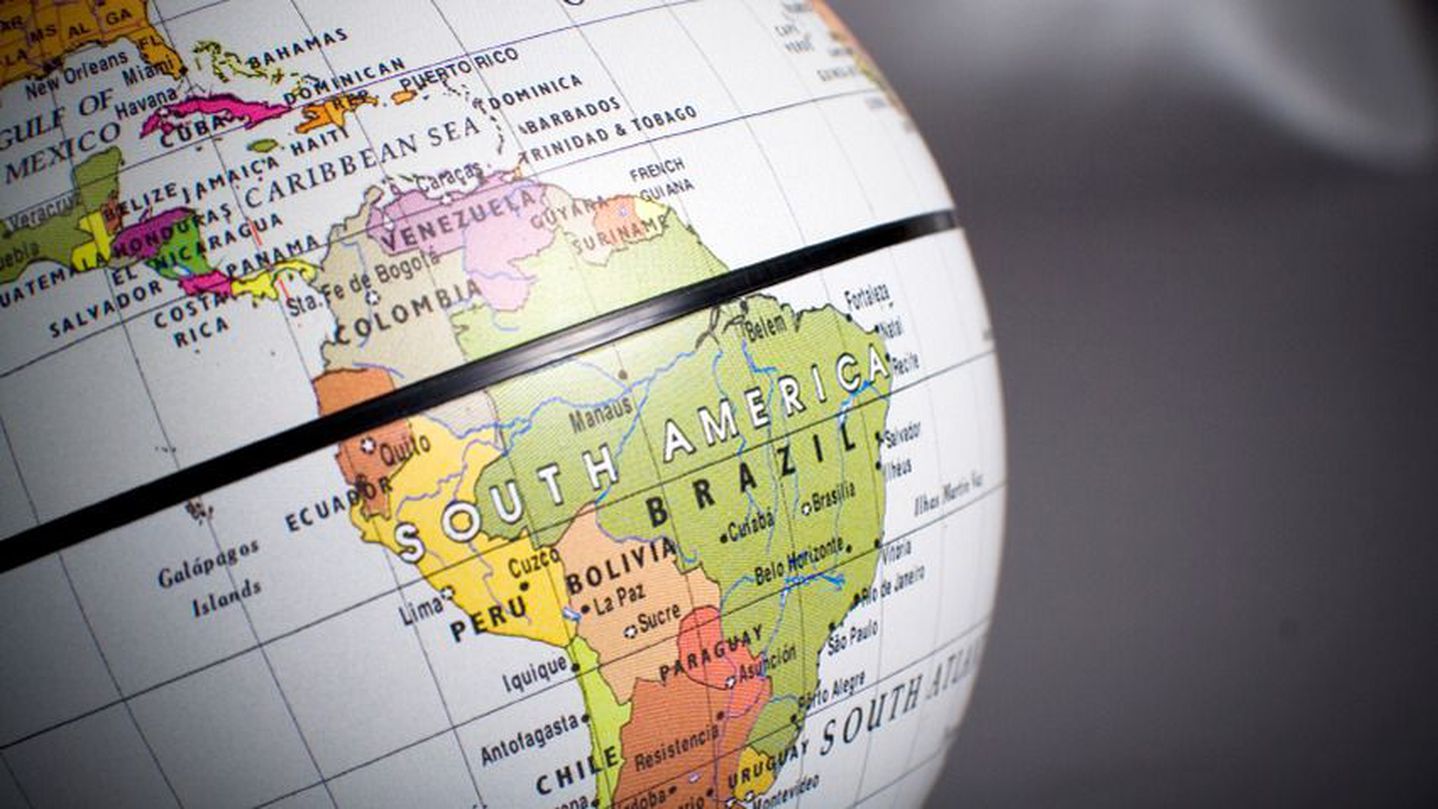For Marketers, ‘One-Size-Fits-All’ Doesn’t Fit in Latin America

Image: iStockphoto, mr_wilke The world’s biggest brand marketers are seizing the opportunities that LatAm presents as a booming and emerging digital market, but many of them make the mistake of taking a one-size-fits-all approach to the entire region. Effectively scaling a brand in LatAm requires — at a minimum — a critical understanding of cultural nuances, a keen awareness of differences by country, knowledge of formality of tone of voice, and comprehension of the intricacies of each country’s legalese and history. Localized and even regionalized campaigns have proven successful in influencing LatAm markets, as evidenced by brands including McDonald’s, Coca-Cola and PUMA. McDonald’s: Showcasing local values Tip to learn from: Taking a regional approach and then localizing it even further, through content, is a powerful way to be impactful in overseas markets. McDonald’s serves more than 70 million customers in 119 countries, and a key contributor to the company’s global success is its understanding of each country’s cultural differences and needs. The brand places an importance on locally relevant marketing, menu innovations, service variations and sourced ingredients. For example, the menu in India features Masala Grill Burgers, and in Italy you can order a Mediterranean salad. Diverse initiatives across the globe, from “It all comes together at Macca’s” in Australia, to the “Just Because” campaign in neighboring New Zealand, showcase the brand’s regional values — and its marketing approach in Latin America is no exception. McDonald’s “Glad You Came” or #quebuenoqueviniste campaign in Latin America effectively showcased the LatAm consumer’s love and core cultural pastime of entertaining guests in their homes. The campaign emphasized these characteristics — consistent with its corporate values — by putting customers front and center, showcasing real patrons and emphasizing the cultures’ joy of hospitality. The campaign spanned across the region in countries including Colombia, Argentina, Costa Rica, Mexico and Chile and featured real customers from each country in social media content. Colombia: Plan de amigas y McDonald’s ¡Lo mejor! #QuéBuenoQueViniste pic.twitter.com/Y12gML6E0k — McDonald’s Colombia (@McDonaldsCol) February 19, 2014 Argentina: Brenda y Rodrigo comparten sus momentos de felicidad en McDonald’s ¡Compartí el tuyo con #QueBuenoQueViniste! pic.twitter.com/fYDKrtuQnn — McDonalds Argentina (@McDonalds_Ar) February 13, 2014 Costa Rica : ¡Compartí vos también tus mejores momentos usando el hashtag #QueBuenoQueViniste! pic.twitter.com/3jmz5vxrKR — McDonald’s CR (@mcdonaldscr) March 10, 2014 Capturing local personalities regionalized the campaign in LatAm and made it resonate on a country-by-country basis. The fact that this campaign was specific to LatAm and no variation of it appeared in the U.S. further underlines its regional specificity. Coca-Cola: Giving consumers in Argentina (and beyond) what they want Tip to learn from: Research and deeply understand local customer demand to create locally tailored products, particularly in emerging markets. Coca-Cola Company owns over 500 brands and is available in over 200 countries worldwide. One of the many factors that’s positioned the brand as a global leader is its ability to act strategically on local consumer demand and market trends. A 2013 study from the Ipsos Open Thinking Exchange suggested that Argentinians and […]